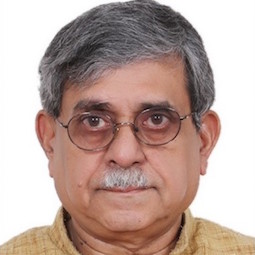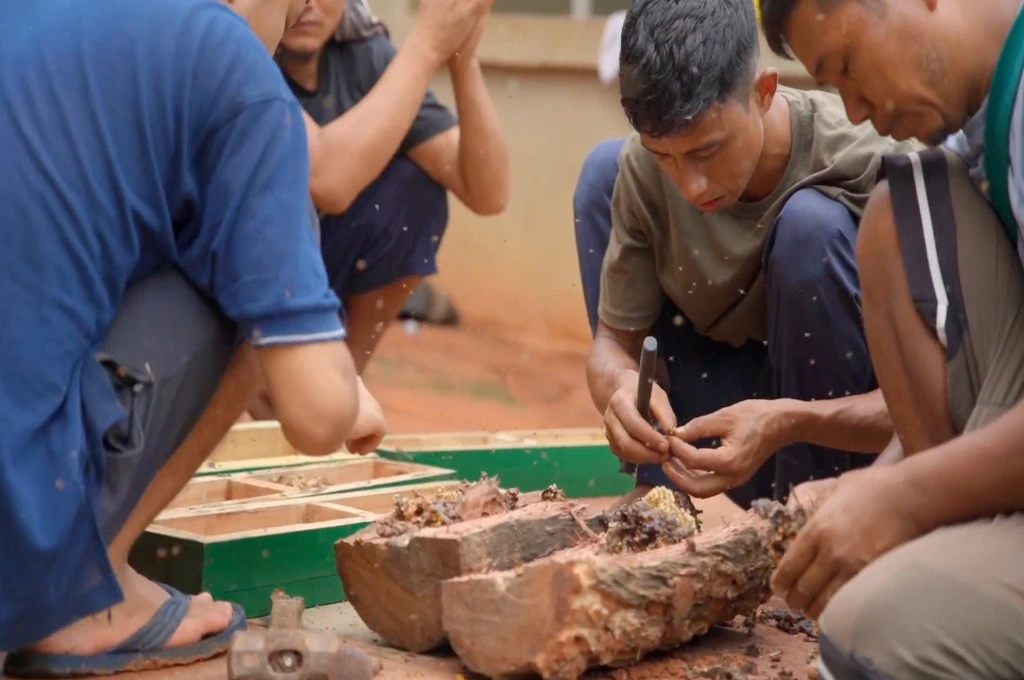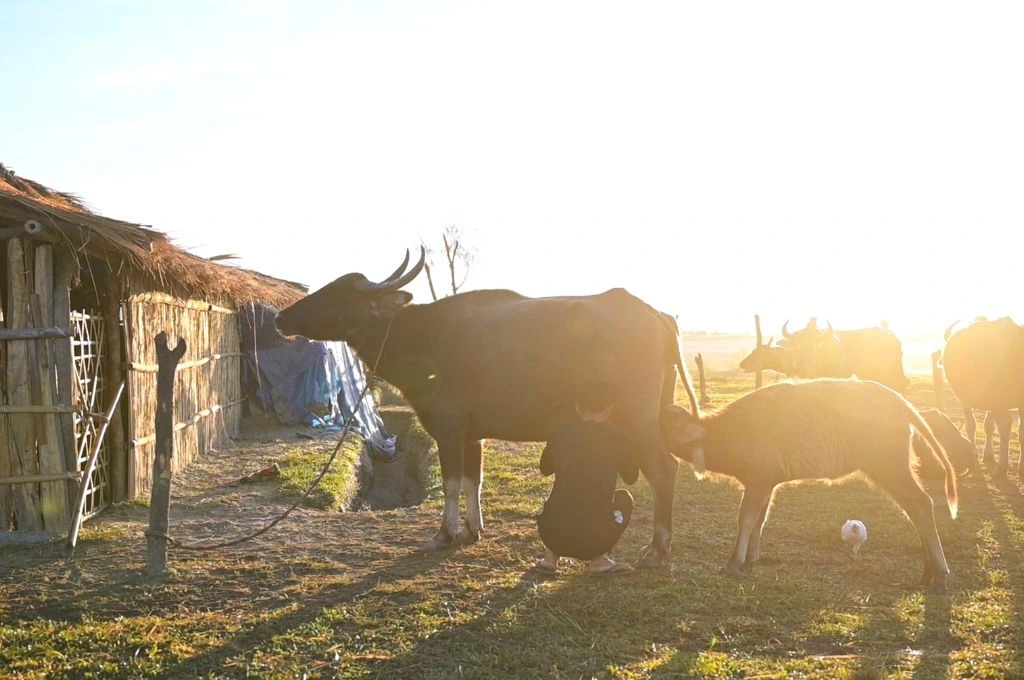What do we mean by ‘livelihoods’? It’s a term that is used frequently–and loosely– today. It is used interchangeably with skilling, employability and job creation. And because of this over-simplification, we have been unable to find sustainable ways of using livelihoods to move people out of poverty. It is therefore worth understanding what ‘livelihoods’ really means and what it takes for practitioners to get it right.
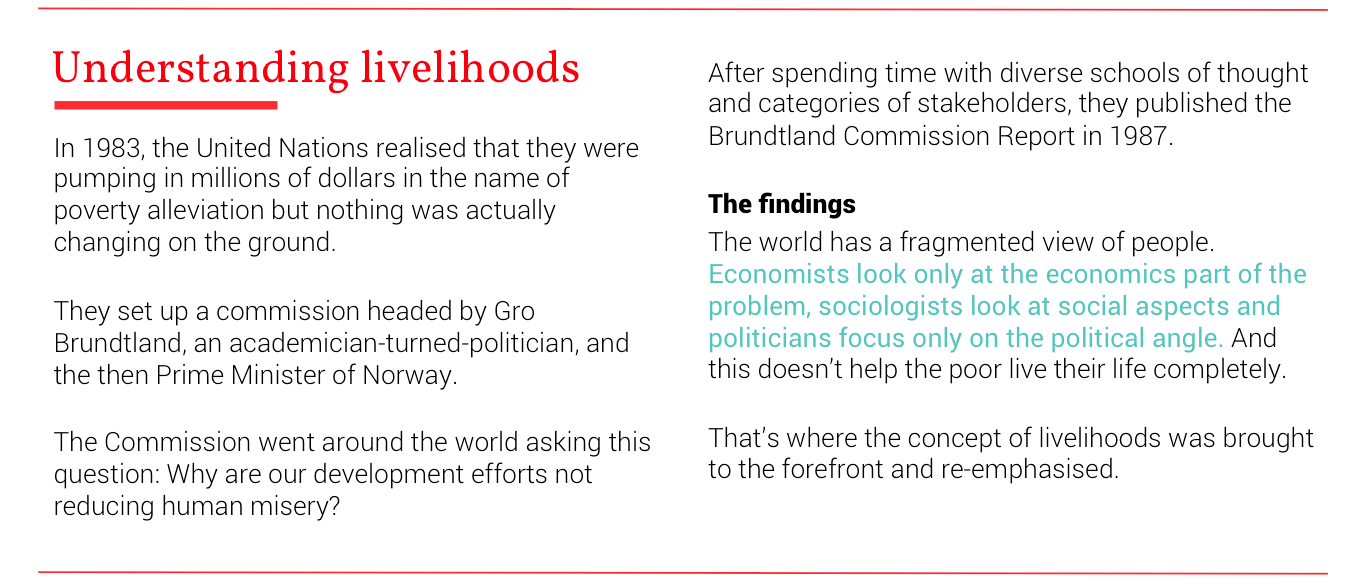
Livelihoods refers to the means of making a living, or simply a way of life, which includes all aspects of a person’s life. It consists of economic activities embedded in a society that is governed by social, political as well as cultural processes. If you do not address all of them and, instead, just focus on the economics of living, change will not happen. Conceptually this theory of livelihoods being a result of interdependencies between economics, politics, society and culture was great. But to put it into practice, we needed to understand the optimal unit of action–at what level should the interventions happen?
In 1991, Robert Chambers and Gordon Conway published a paper called ‘Sustainable Rural Livelihoods,’ which integrated learnings from the Brundtland Commission report while also arguing that livelihoods decisions are taken at a family level based on their aspirations and access to resources.

Any institution trying to improve the well being of people must approach it through the lens of livelihoods.
This was contrary to prevailing (and current) thinking in economics, which treats the individual as a self-interested economic agent. The hypothesis is that s/he maximises their own benefit. However, it is not so. It is the family that takes the decision, which sometimes may be suboptimal compared to normal economic choices.
Therefore, any institution trying to improve the well-being of people must approach it through the lens of livelihoods, and make appropriate interventions in areas that pose the biggest hurdle.
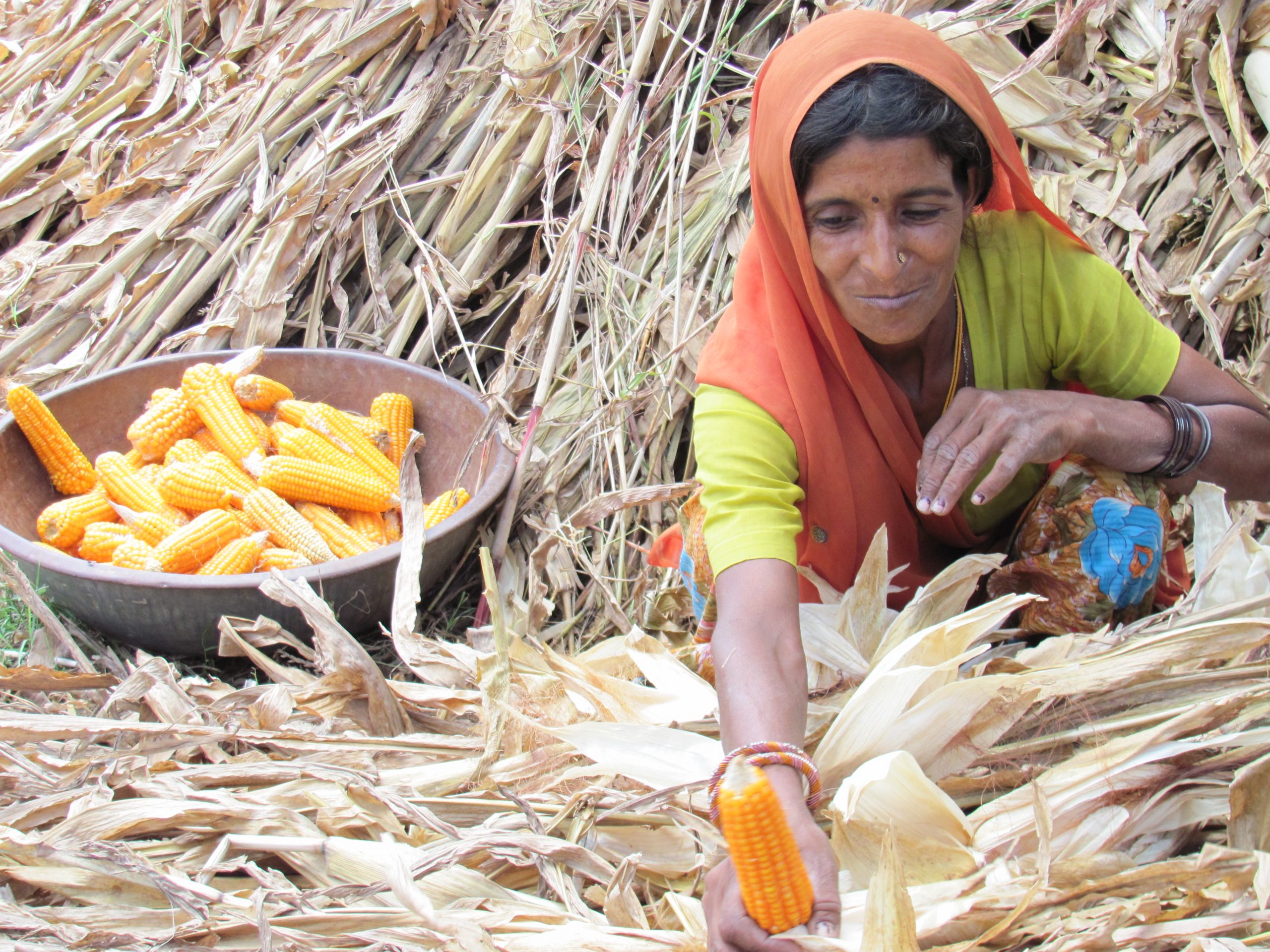
Photo Courtesy: Renuka Motihar
The problem lies in practice
But all this is still theory. The challenge lies in putting it into practice, especially when these actions are so interlinked with each other.
When I used to work at BASIX, we had chosen microfinance as a useful instrument for supporting livelihoods because we figured that no matter which livelihood one picked, one needed money for it. When BASIX was small, as was the case with the microfinance sector at the time, we did well and nobody paid attention to us. But when we started growing, we began hitting the wrong chords.
Local political leaders explained it to me as follows: A large majority of the vote bank in India is controlled through small money-lending. While the big leaders might not be money lenders, they need the small leaders at the taluka and village cluster level who influence and control their vote banks through money lending. These small leaders, who also lend in cases of need, ask people to attend rallies of the big leaders–and people attend because they need to please the money lender. In this scenario, providing microfinance as an alternative financing mechanism is like hitting this system below the belt.

The system has already created a model that involves keeping the bank manager happy–bank loan losses have been written off, while waivers have been provided by politicians to keep their vote bank intact. Suddenly, you are creating a disruption in this well-oiled system. Politicians, across party dislike microfinance; they articulate this dislike by saying that it is bad, it is illegal, it uses coercive means to recover dues, and so on.
Social norms also have an impact on livelihoods–a lesson we learnt from our experience at PRADAN with leather workers in Barabanki.
The task of collecting the dead animals and de-skinning them was undertaken by a section of the poorest people in the community. We thought that if these people were also trained to tan the leather, they would be able to fetch a better price for their work. However, this intervention was strongly resisted by another community. As their members were from a religious group, it was easy to blame the community of tanners.
Then, as we started looking at the situation through the livelihood lens, we realised that tanning was only done by the members of that community, as the prevailing social norms forbade others to do such ‘impure’ work . The livelihood of this community depended on this activity. Therefore, this intervention by young PRADAN professionals was inadvertently taking away part of their livelihood support, thereby creating communal tension in the region.
In the late 1980s, when New Zealand was threatening to dump milk in India at cheap rates, Dr Verghese Kurien, founder of NDDB and Amul, took a flight to Delhi to meet the agriculture minister. He told the minister that this dumping had to be stopped because if milk at that price landed up at Chennai port, Indian farmers would not be able to sell their milk.
New Zealand was willing to sell their milk at half the production cost in India because technology allowed them to produce far more than local demand. The low prices, though, would have adversely affected Indian farmers. But because Dr Kurien had access to the political powers that be, the problem was averted. Not every farmer has such access.
While technology caused the problem in New Zealand, it was the globalisation of markets that impacted Indian dairy farmers.
Livelihoods is therefore more complex than meets the eye. Unknown and unforeseen factors affect it and it cannot be handled without adequate political, technological and market support.
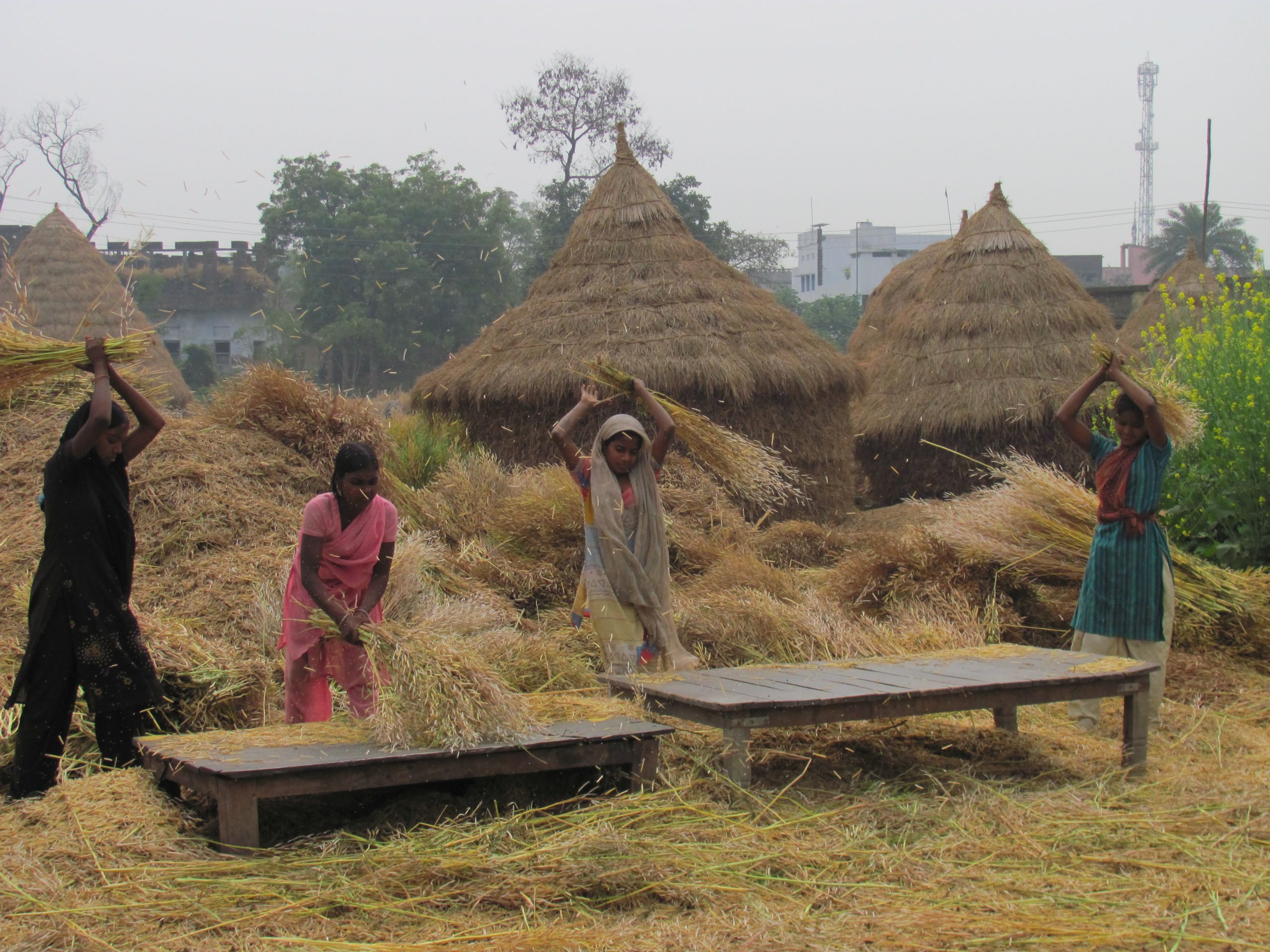
Photo Courtesy: Renuka Motihar
How do you address this?
Given how interlinked the factors influencing livelihoods are, it follows that interventions must be at multiple levels– a practitioner often finds this difficult to comprehend or handle. Practitioners need to have a sense of the implications of politics, market and technology. While it may seem like asking for a lot, change cannot happen without that.
Large industrialists can afford to put up a full division of people to monitor oil prices every day and another division to look at export policies. But civil society practitioners don’t have such resources. We therefore need professionals or groups of them who can deal with this level of complexity.
But here’s the problem with this approach: Our education system doesn’t produce many professionals with the ability to handle such complexity, ranging from technology, management and economics, to social and political sciences. And when it does, these individuals are lapped up by other systems because the incentives are better aligned there. This means that we cannot attract these people to a sector that needs them more.
Related article: Our solutions for education aren’t working. Here’s why.
We need to take measures to address gaps in the education system and rethink the existing political systems that impact livelihoods. But this requires structural, systemic and long-term investment and support.
Who will do it?
The problem is that no one is willing to make this investment. Because it’s not really in anyone’s direct interest to do so.
The average industrialist’s interest in this area is nominal. Not all industrialists are self-centred, but this doesn’t just fit into their mandate. If you have a good idea they might give you a cheque but no more.
The politician doesn’t benefit either. As demonstrated by the microfinance example, they have other ways of mobilising support. The expectation that ‘people’s incomes will go up and they will vote for me’ is too far away in the horizon for them to care about or invest in now.
Then there are the people themselves. They aren’t interested either. Because they have just the bare minimum to survive – subsidised food, free education and healthcare. They don’t have the energy or the ability to demand accountability from the government.
In the absence of any support for the long term from most constituents, is there any hope?
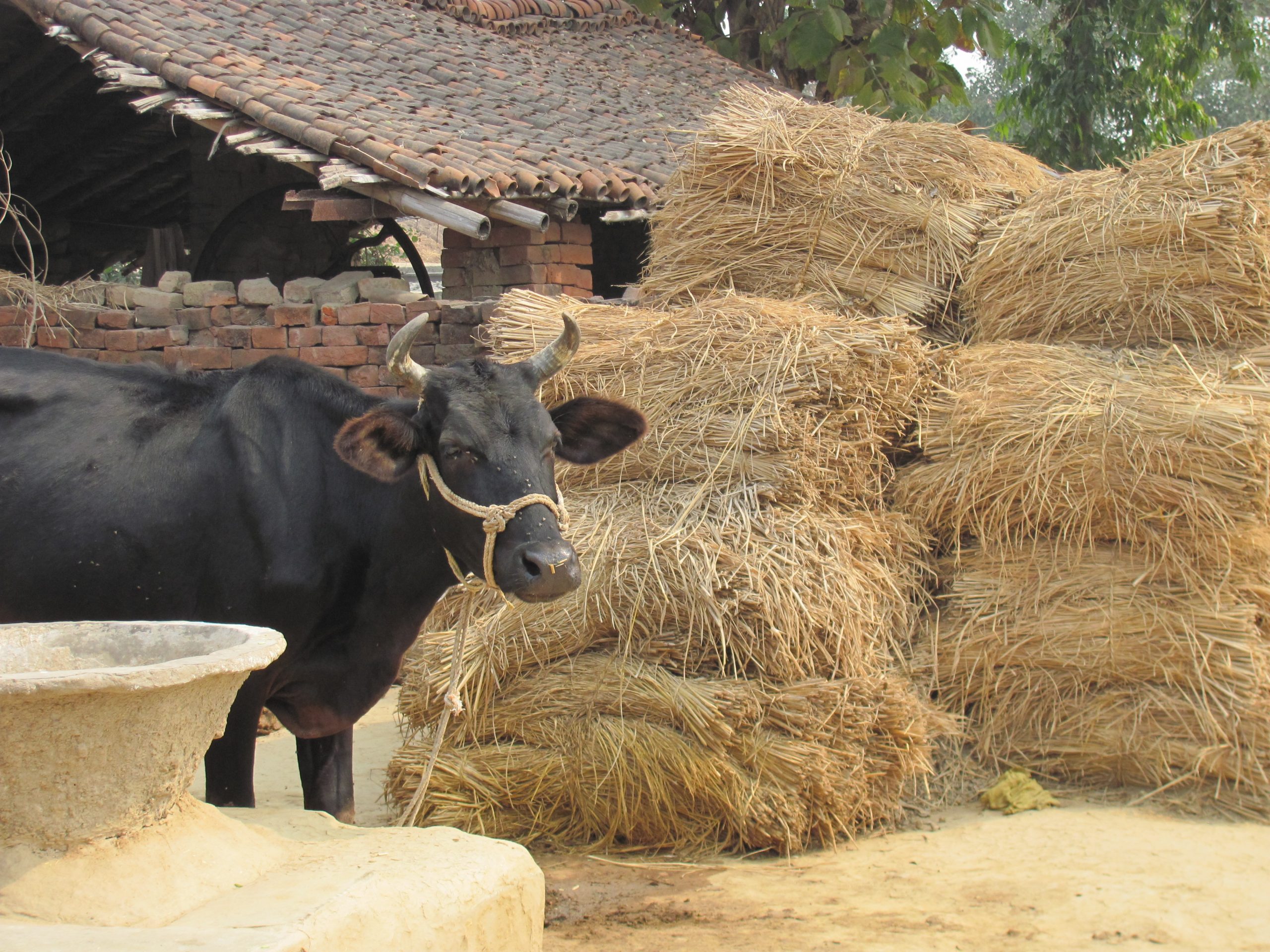
Photo Courtesy: Renuka Motihar
Hope comes in many forms
There might actually be less arduous routes to addressing the issue at hand.
Since it is almost impossible to equip people with all the knowledge and skills required in the livelihoods space, it is critical to understand what complementary skills are required and who has them. Having done this, we need to involve them in the relevant part of the intervention and build a collaborative relationship. That’s what we tried at BASIX.
Related article: Collaboration doesn’t work. Here’s why.
But collaborations are difficult to sustain. They require a willingness to listen to your collaborators and treat them as equals. Unfortunately, today this isn’t the case and there is a clear hierarchy: ”I am giving the money, so you must collaborate with me”.
We must identify and invest in development thinkers. We’ve had the Verghese Kuriens, Bunker Roys, Pannalal Dasguptas and Vijay Mahajans, who nurtured several young people to serve the larger public cause. But they were more the exception than the rule. Today, there are few such professionals . We need to locate and support them over the long term.
Donor agencies such as Ford Foundation used to play this role earlier, as did Tata Trusts. They encouraged many young social entrepreneurs and gave them money to take risks and innovate. Several of these individuals and their organisations then went on to tackle hard developmental challenges.
Today new-age philanthropists can play this role. Unlike corporates, for whom CSR is a side activity, philanthropists–who set up foundations and think about long-term impact—might find it a meaningful model to identify and support good professionals with great ideas
Last but not the least, is the establishment of development-centric institutes that create development professionals who can think holistically. While we need the specialists in specific areas–politics, markets, technology—what we need more are people who can think of all these together and act on it. Setting up a wing within existing institutions won’t help; we require full-fledged institutions that focus solely on this. Azim Premji University is one such example.
Though modern economics projects human beings as self-interest maximising economic creatures, I’d like to believe that at the core we are a caring species. Though our formal training teaches us to look away, as a society we want the less privileged to have better lives. And for this to happen, we must start looking at their world through a livelihoods lens.

